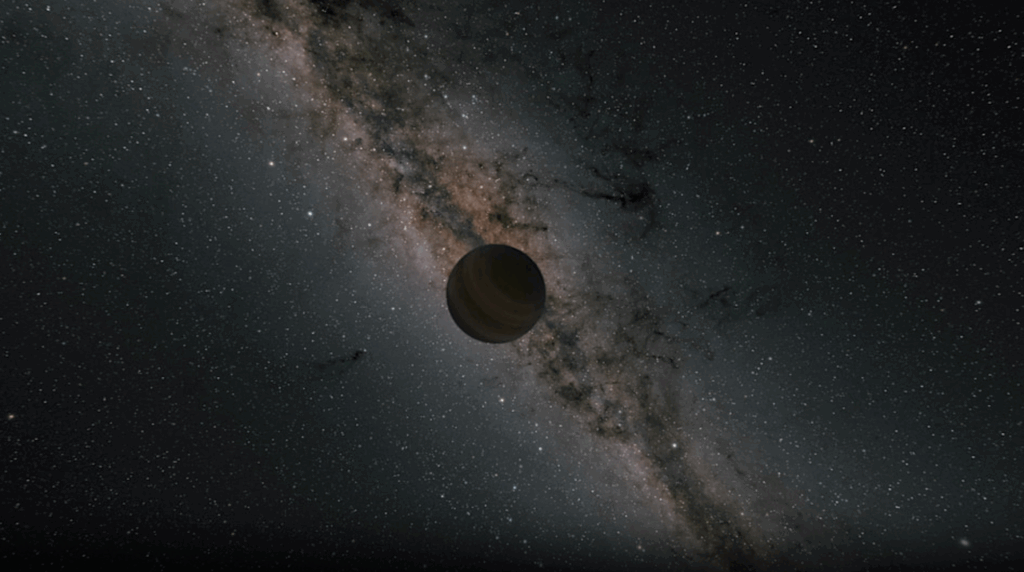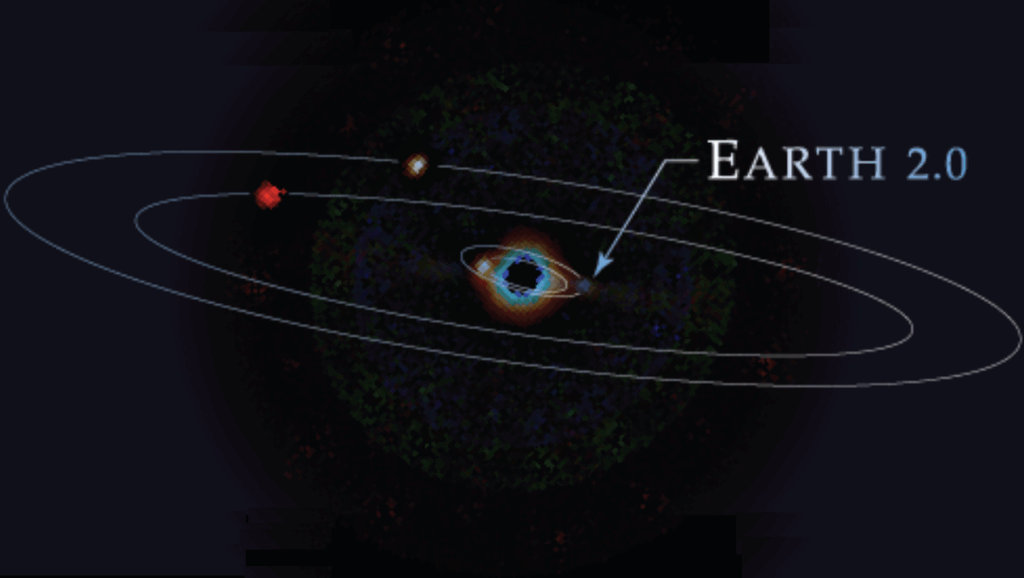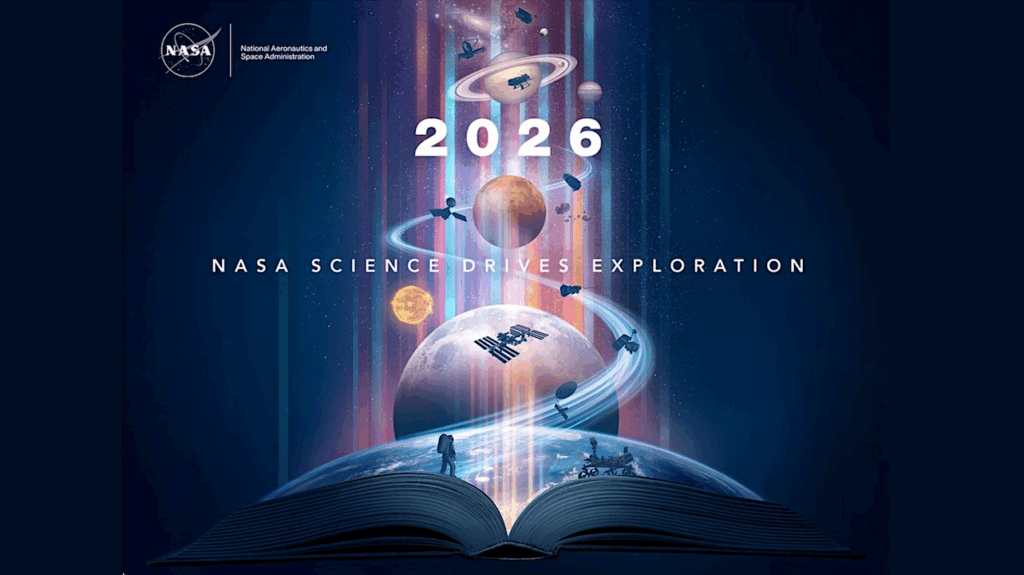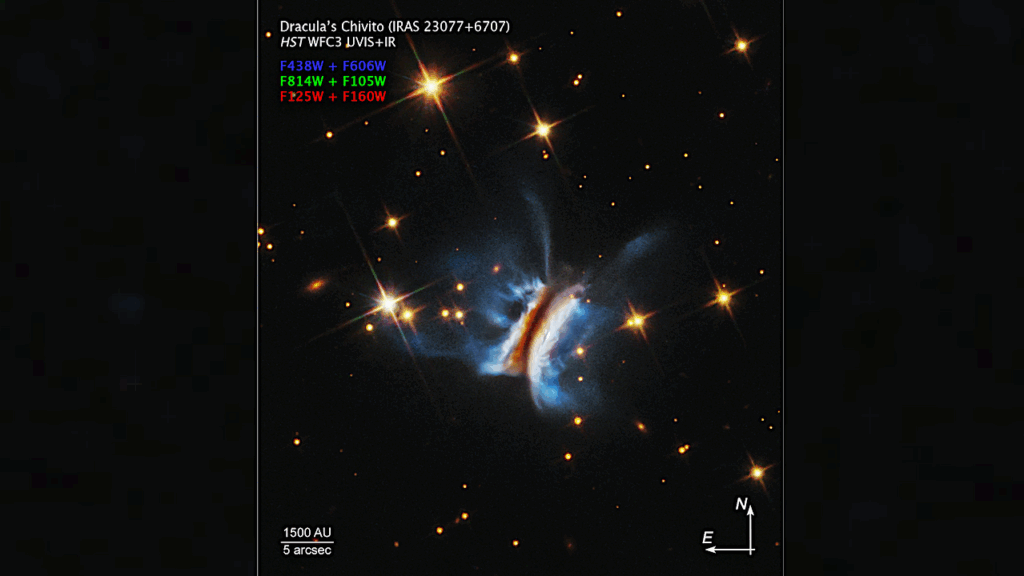Mid-to-Late M Dwarfs Lack Jupiter Analogs

Cold Jovian planets play an important role in sculpting the dynamical environment in which inner terrestrial planets form. The core accretion model predicts that giant planets cannot form around low-mass M dwarfs, although this idea has been challenged by recent planet discoveries.
Here, we investigate the occurrence rate of giant planets around low-mass (0.1-0.3M⊙) M dwarfs. We monitor a volume-complete, inactive sample of 200 such stars located within 15 parsecs, collecting four high-resolution spectra of each M dwarf over six years and performing intensive follow-up monitoring of two candidate radial-velocity variables.
We use TRES on the 1.5 m telescope at the Fred Lawrence Whipple Observatory and CHIRON on the Cerro Tololo Inter-American Observatory 1.5 m telescope for our primary campaign, and MAROON-X on Gemini North for high-precision follow-up. We place a 95%-confidence upper limit of 1.5% (68%-confidence limit of 0.57%) on the occurrence of MPsini>1MJ giant planets out to the water snow line and provide additional constraints on the giant planet population as a function of MPsini and period.
Beyond the snow line (100 K <Teq<150 K), we place 95%-confidence upper limits of 1.5%, 1.7%, and 4.4% (68%-confidence limits of 0.58%, 0.66%, and 1.7%) for 3MJ<MPsini<10MJ, 0.8MJ<MPsini<3MJ, and 0.3MJ<MPsini<0.8MJ giant planets; i.e., Jupiter analogs are rare around low-mass M dwarfs. In contrast, surveys of Sun-like stars have found that their giant planets are most common at these Jupiter-like instellations.
Emily K Pass, Jennifer G Winters, David Charbonneau, Jonathan M Irwin, David W Latham, Perry Berlind, Michael L Calkins, Gilbert A Esquerdo, Jessica Mink
Comments: Accepted for publication in AJ; 19 pages, 5 figures, 2 tables Subjects: Earth and Planetary Astrophysics (astro-ph.EP); Solar and Stellar Astrophysics (astro-ph.SR)
Cite as: arXiv:2305.19357 [astro-ph.EP] (or arXiv:2305.19357v1 [astro-ph.EP] for this version)
Submission history From: Emily Pass [v1] Tue, 30 May 2023 18:57:33 UTC (786 KB)
https://arxiv.org/abs/2305.19357
Astrobiology








